TOP-20 strategies to get leads with Twitter, Facebook and LinkedIn ads
Facebook, Twitter, and LinkedIn is a great source of fresh and engaged users, potential leads, immense brand awareness and way to build up your popularity on social media.
You can use them in different:
- Investigation and analytics that can help you define a better understanding of your competitors and a good idea of social media promotion and advertising.
- Building up awareness by managing groups on Facebook, Twitter, and LinkedIn and regularly posting fresh and updated content with high engagement rates.
- Establishing a stronger relationship with your followers by talking to them, making them offers and deals, sharing news and events that might interest them. They should be excited about participating in your group events. Your content must be of great value for them.
- Getting potential leads by setting advertising on Twitter, LinkedIn, and Facebook.
- Retargeting your actual users and similar people as your main advertising strategy.
You can’t imagine how many potential leads you’re losing if Facebook, Twitter or LinkedIn ads are not optimized and not used at their full scale. In this tutorial, we’ll showcase TOP-30 tips and tricks that will boost your presence on social media platforms and help to manage the advertising in a more successful and effective way.
- Set up Desktop and Mobile advertising separately
- Use landing page editors to easily adjust your targeted page
- Avoid the commercial look of your Ads
- Try to highlight the company name
- Create Ads that motivate to click on them
- Use data, numbers and convincing information
- Use similar audiences as often as possible
- Collect and use your custom lists
- Segment your audience groups
- Change different audience presets on a 2-3 days basis
- Use specific behaviors in your Ads
- Define a financially stable audience
- Study your competitors to possibly use their hidden gems
- Try not to overuse targeting on your competitors’ followers
- Act as a customer
- Reinforce retargeting
- Show your Ads to 4K users
- Do A/B testing of your Ads look
- Use video Ads more than picture Ads
- Keep your campaign results in Google Sheets or Excel for easier analysis
1. Set up Desktop and Mobile advertising separately
If you target your campaigns both to desktop users and mobile device users, it is strongly recommended to create 2 separate campaigns. The reason for this is that the platform can be a crucial factor in how your campaign performs. Mobile devices can showcase a better effect or vice versa. When you keep both campaigns in one, you will never see and analyze those differences. They also help you structure, focus better and improve the performance of your campaigns.
2. Use landing page editors to easily adjust your targeted page
You can use Optimizely or Unbounce to create multiple landing pages with dynamic parameters. It helps you test the best variation of text and image without actually generating all these pages by yourself. You can set the interchangeable parameter based on UTM.
3. Avoid the commercial look of your Ads
It is good to have the Ads designed in line with your main feed. That is how they naturally stick into your feed. Try to choose something funny and casual as it was a photo of someone’s feed or profile. Studio images work well as they look more natural than stock ones.
4. Try to highlight the company name
The best way to draw attention to your company and brand is to underline its name in an Ad. It should not be always on your Ad copy or in the surrounding text. Using progressive A/B testing tools, you can find the best option to make your brand easily seen by others.
5. Create Ads that motivate to click on them
The Ad should be designed in a way to transfer the main message but keep the details away. That is how curiosity wins. You can A/B test your perfect call-to-action to make the Ads clickable.
6. Use data, numbers and convincing information
Make your Ads informative, comparative, tempting and mysterious. Include as many extensive data as possible to increase interest and credibility. Don’t overuse data and numbers in text and call-to-action. They must serve as the support of your main advertising message.
7. Use similar audiences as often as possible
Lookalike or similar audience is a great fit for any of your campaigns. It is a progressive technique you may use on Facebook, Twitter or LinkedIn. Anyhow, it is based on the social media platform algorithms and data you introduce. Most often you get a very well performing large audience based on your visitors or custom lists. The more diversified data you have, the bigger the lookalike audiences will be. Sometimes, you don’t need a very big audience to reach out to your potential leads. The selection of the best option can be done within A/B testing on the campaign level.
8. Collect and use your custom lists
Custom lists represent the audience that is extremely interested in your products/services or already includes your current customers. That is why when using custom lists and populating them into lookalike audiences, you get highly valuable customers that are ready to convert.
9. Segment your audience groups
Test targeted and lookalike audiences by segmenting the traffic towards your campaigns. The more you test – the better. A/B testing should be aligned with the text and graphics you are using in each Ad group.
10. Change different audience presets on a 2-3 days basis
In order to see how well a certain audience performed, you need to change the settings every 3 days. 2-3 days can be enough to see the results based on the current audience strategy. Sometimes just a tiny transformation may result in drastic changes on the performance level. We advise you to investigate your visitors better and to define regions, jobs, and hobbies that might convert better than others.
11. Use specific behaviors in your Ads
Purchasing behaviors showcase how convertible the audience may result. Most often, these people buy on a regular basis. Travel behaviors can also be helpful if you target on constant travelers, for example. The behavior is an additional filter for your target audience.
12. Define a financially stable audience
It is good to know how to segment wealthy people on social media. One of the approaches is to select audiences by geographical location. If you focus the US states, you can definitely say which states are more likely to buy than others. Another way is to choose “Frequent flyers” behavior, which means people with a stable income that allows flying on a regular basis.
13. Study your competitors to possibly use their hidden gems
The constant analysis of your competitor strategies is good for every marketing channel. More than 75% of all major businesses around the world try to do it on a weekly basis. Nowadays, anyone tries to catch up with their successful competitors.
14. Try not to overuse targeting on your competitors’ followers
Don’t use too much the strategies based on stealing your competitor leads. It is not the best practice. First of all, these people might not be as interested in your brand as you think (especially, if you are a new brand). Secondly, on some social media platforms, it is simply not allowed.
15. Act as a customer
From time to time, “disguise” into your potential customer or ask someone to do it. It is good to see things from the other side as it allows capturing how your Ads look and work as a whole. You will definitely understand what effect you produce on your active users and newcomers.
16. Reinforce retargeting
They say, remarketing helps to grab those users who are likely to convert 70% more than random people from search. That is why invest time and effort in building up perfect remarketing campaigns, structuring and A/B testing them.
17. Show your Ads to 4K users
Adding only 4K users can help you to increase CTR a few %. Moreover, 2K and 3K users are most often spammers. They can influence your campaign Score and statistics.
18. Do A/B testing of your Ads look
Try to change your Ads on a daily basis. Get ideas on how you want them to look like, what kind of Ads you would click on yourself. Check how competitors manage this Ad flexibility, what elements they change and what major aspects they focus on.
19. Use video Ads more than picture Ads
This type of Ads is definitely more powerful. More and more advertisers start using small videos featuring your company and products/services you offer. There’s even a Video Editor inside Facebook which makes it much easier to create simple videos.
20. Keep your campaign results in Google Sheets or Excel for easier analysis
It is good to keep the statistics for your major campaigns and audiences you used in a separate Spreadsheet. There, you can sort the information in a preferable way, analyze, compare and structure. It allows seeing the main distinctions and similarities and building your further campaigns with a smarter approach.
This list can be endless as every day new techniques appear and being tested. We will keep you updated with new features and functions you can use in your social media campaigns.
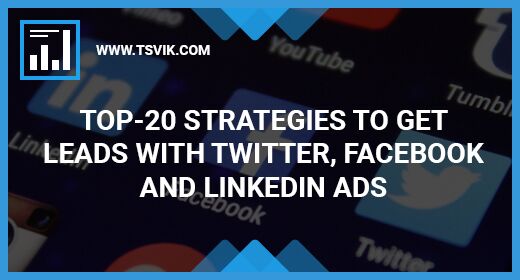
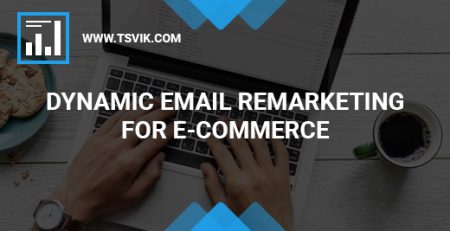
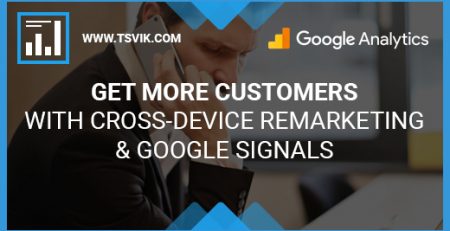

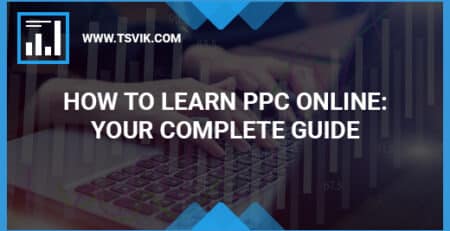
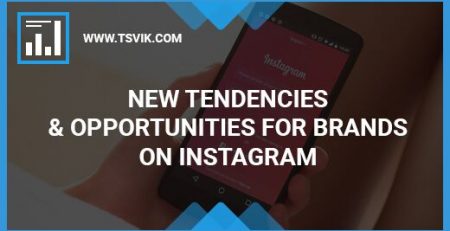

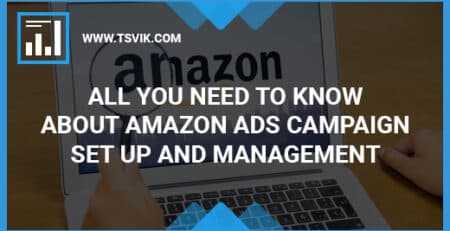

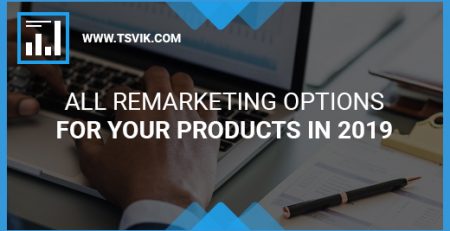
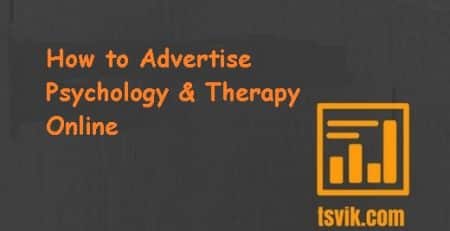
Leave a Reply